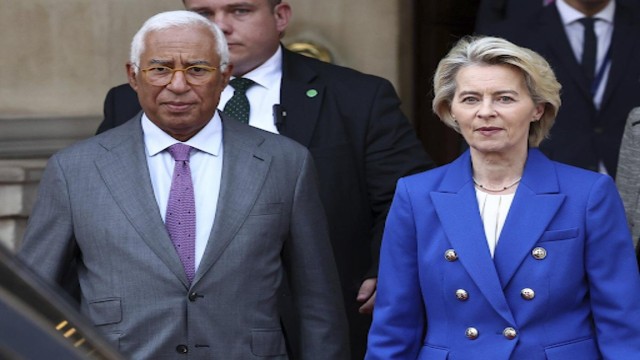
Source : Barchart
Coffee prices saw a positive turn on Tuesday, with Arabica and robusta futures ending the day on a high note. Arabica coffee (KCN24) closed up by +4.80 (+2.45%), while July ICE robusta coffee (RMN24) gained +34 (+1.00%).
The rebound in coffee prices came after an initial dip, largely influenced by a decline in the dollar index (DXY00) to a one-week low. This prompted some short covering in coffee futures, contributing to the upward movement.
Supporting the upward trend in coffee prices are concerns over inadequate rainfall in key coffee-producing regions like Vietnam and Brazil. Vietnam's Central Highland, a significant coffee-growing area, experienced rainfall totaling 41% below the long-term average for the first ten days of May, as reported by Vietnam's National Weather Agency on Monday. Similarly, Brazil's Minas Gerais region, which accounts for about 30% of Brazil's arabica crop, faced a lack of rainfall for the third consecutive week, according to Somar Meteorologia's report.
However, a report from Cecafe on Monday showed a significant increase in Brazil's April green coffee exports, up by +61% year-on-year to 3.9 million bags, which tempered some of the positive sentiment in the market.
On the supply side, tight robusta coffee supplies from Vietnam, the world's largest producer of robusta coffee beans, remained a bullish factor. Vietnam's agriculture department projected a substantial drop of -20% in coffee production for the 2023/24 crop year, attributing it to drought conditions. Additionally, Vietnam's coffee exports for April fell by -19.5% month-on-month and -7% year-on-year.
Coffee inventories, which had previously plummeted to historically low levels, have shown signs of recovery. Both ICE-monitored robusta and arabica coffee inventories have rebounded from their lows to reach multi-month highs recently.
Despite these positive movements, there have been bearish signals in coffee export data. The International Coffee Organization (ICO) reported an increase in global coffee exports in March, with Brazil's exporter group Comexim raising its export estimate for the 2023/24 season.
The recent El Nino weather event has also impacted coffee prices positively, with drought conditions affecting coffee-producing regions. However, the ICO projected a surplus in global coffee production for the 2023/24 period, which could potentially weigh on prices.
Looking ahead, forecasts from the USDA's Foreign Agriculture Service suggest an increase in world coffee production for 2023/24, with Brazil expected to see a significant rise in arabica production due to improved yields and increased planted acreage. Colombia, the second-largest arabica producer globally, is also anticipated to witness an uptick in coffee production.
In summary, coffee prices experienced a mixed trading session, buoyed by short-term factors such as currency movements and supply concerns but tempered by longer-term supply and demand dynamics.















